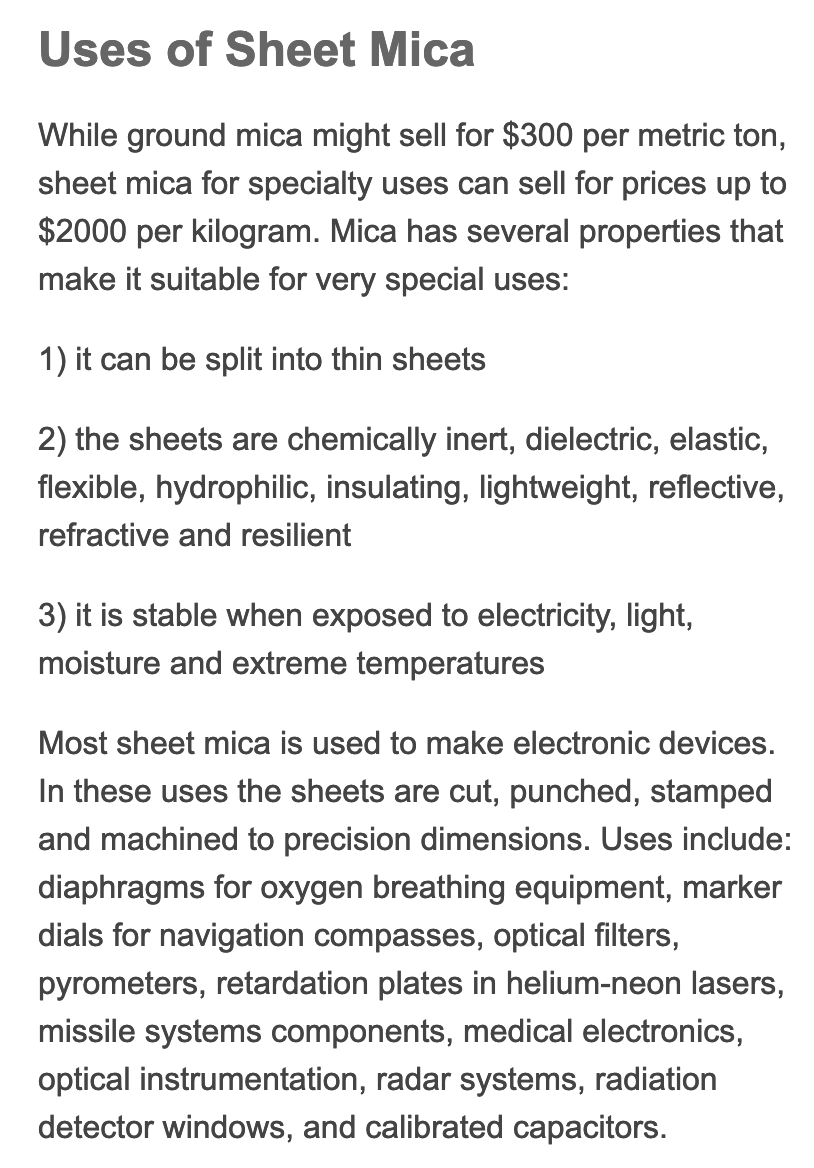Muscovite& #39;s name derives from its use in "Muscovy glass" in 17th century Russia. It easily breaks into very thin, translucent sheets that were cheaper than glass. This property means it has a wide range of industrial applications today. Vote muscovite!
https://geology.com/minerals/muscovite.shtml">https://geology.com/minerals/... https://twitter.com/MineralCup/status/1302869641849532418">https://twitter.com/MineralCu...
https://geology.com/minerals/muscovite.shtml">https://geology.com/minerals/... https://twitter.com/MineralCup/status/1302869641849532418">https://twitter.com/MineralCu...
The earliest known use of mica by humans (almost certainly including muscovite although the archeologists didn& #39;t specify) was to add sparkle to paint, as seen in the 65,000 year old Madjedbebe rock shelter, near Kakadu (Australia) #MinCup2020 https://www.abc.net.au/news/science/2017-07-20/indigenous-discovery-how-do-we-know-how-old-it-is/8719334">https://www.abc.net.au/news/scie...
I had read that mica was also present in ochre from the Wilgie Mia mine, Western Australia, which has been in continuous operation for at least TWENTY THOUSAND YEARS, but apparently its characteristic sheen is actually from particles of hematite
https://openresearch-repository.anu.edu.au/handle/1885/144174">https://openresearch-repository.anu.edu.au/handle/18...
https://openresearch-repository.anu.edu.au/handle/1885/144174">https://openresearch-repository.anu.edu.au/handle/18...
the Wilgie Mia mine is fascinating though! read more about it here: https://www.abc.net.au/news/2011-10-31/wilgie-mia-feature/3611218">https://www.abc.net.au/news/2011...
here: https://www.abc.net.au/news/2014-07-08/new-technologically-used-to-learn-about-aboriginal-culture/5582222">https://www.abc.net.au/news/2014...
and here https://ymac.org.au/tag/wilgie-mia/ ">https://ymac.org.au/tag/wilgi...
hematite (the main component of ochre) is not appearing in the mineral cup this year but i have a LOT to say about quartz

 Read on Twitter
Read on Twitter



